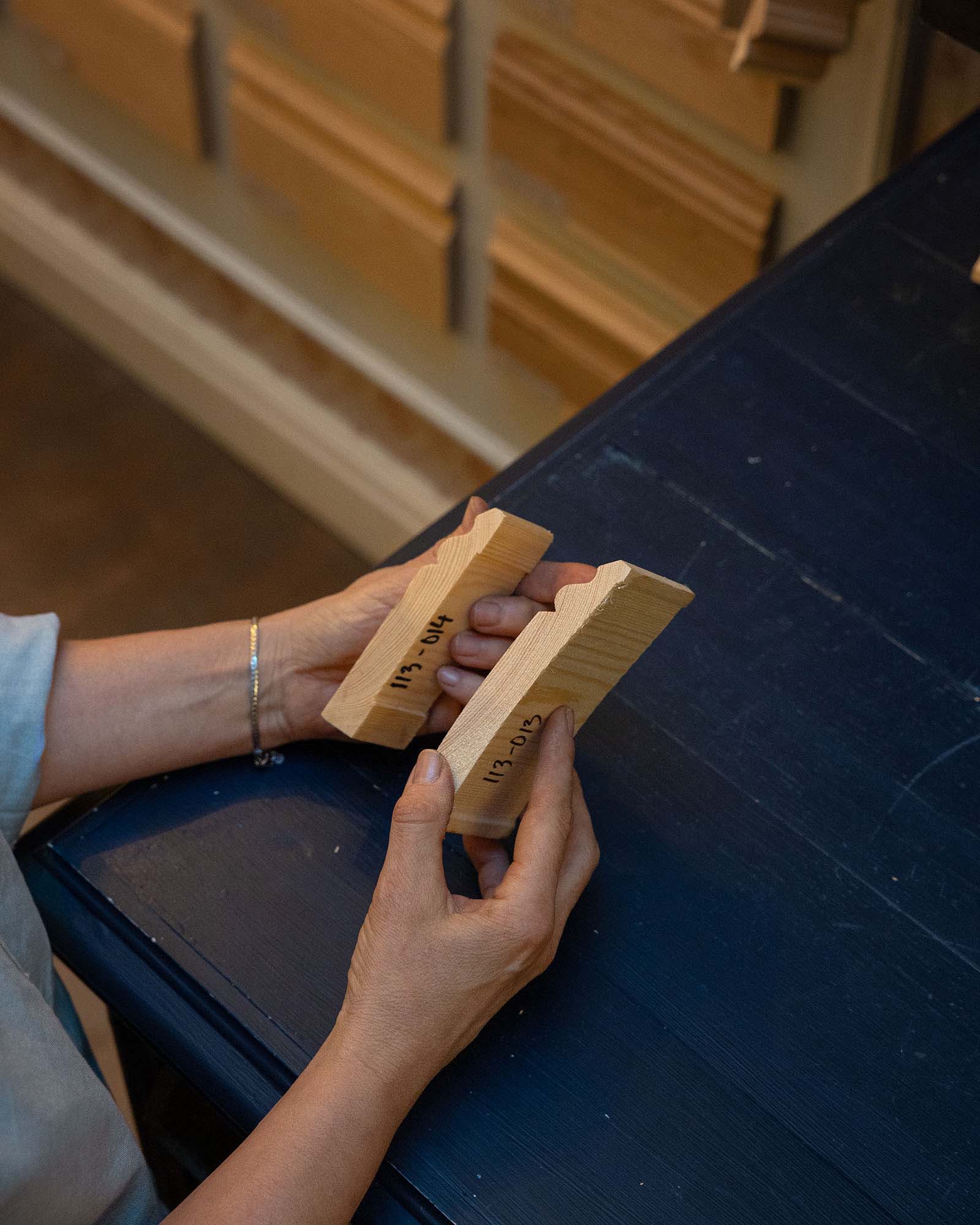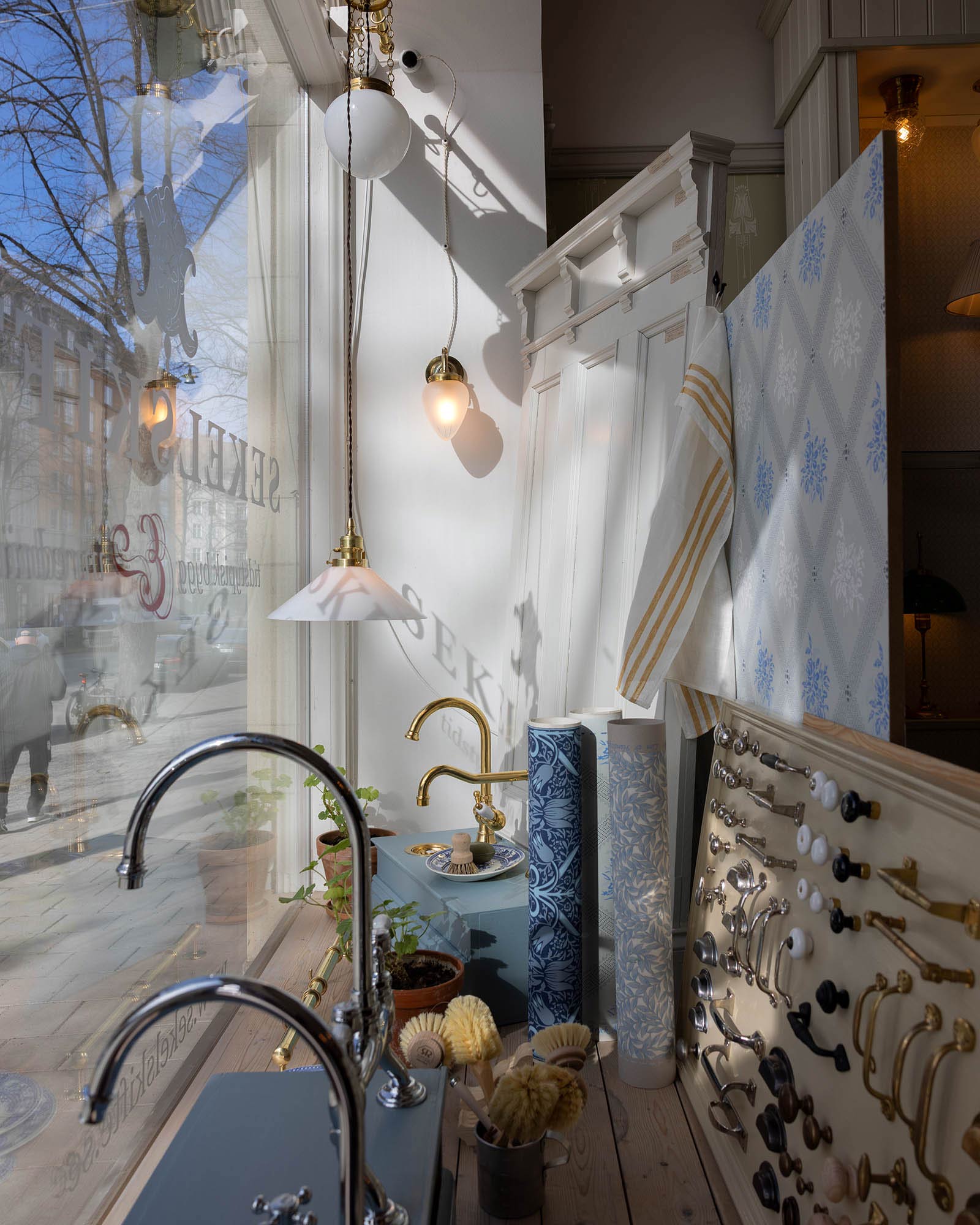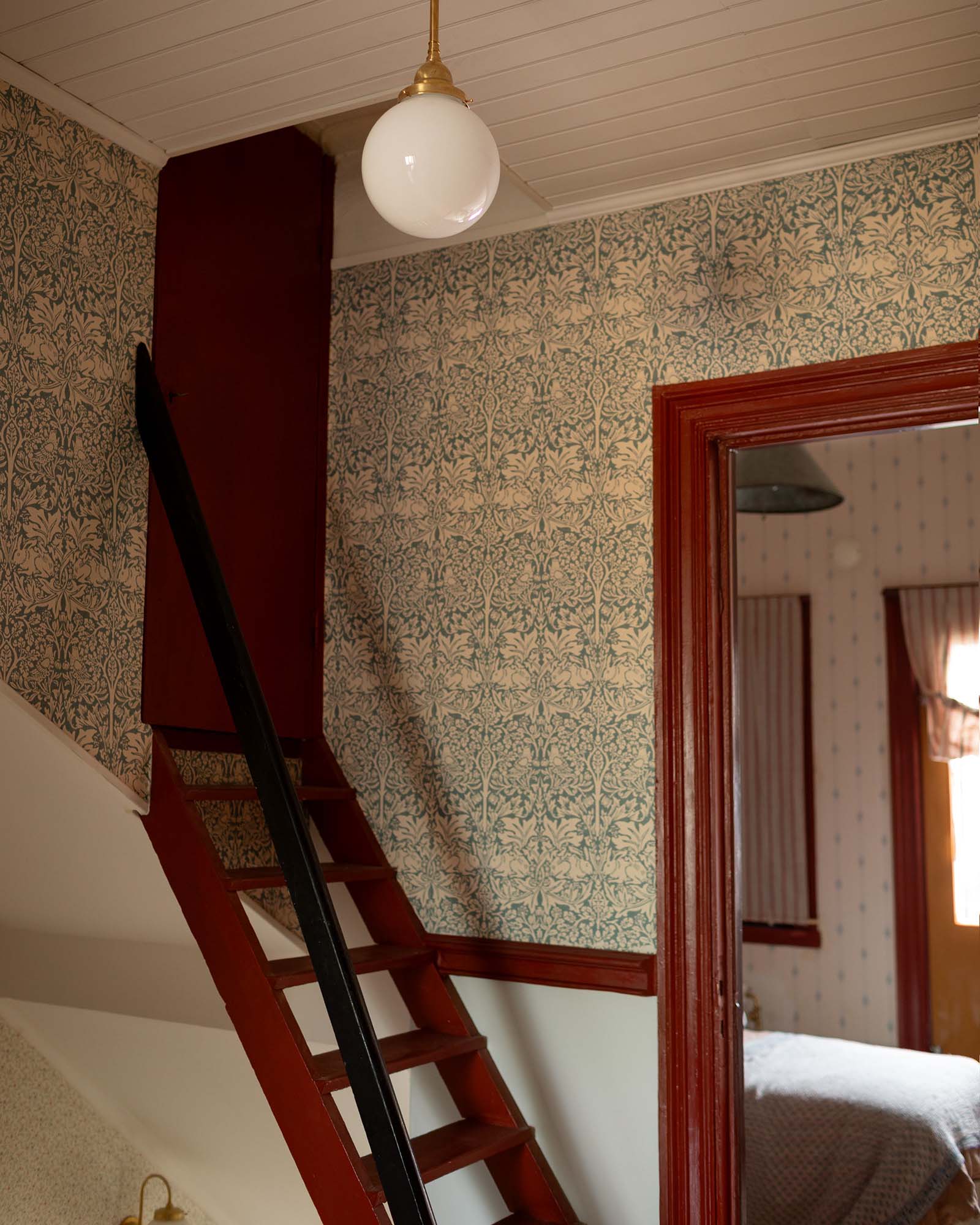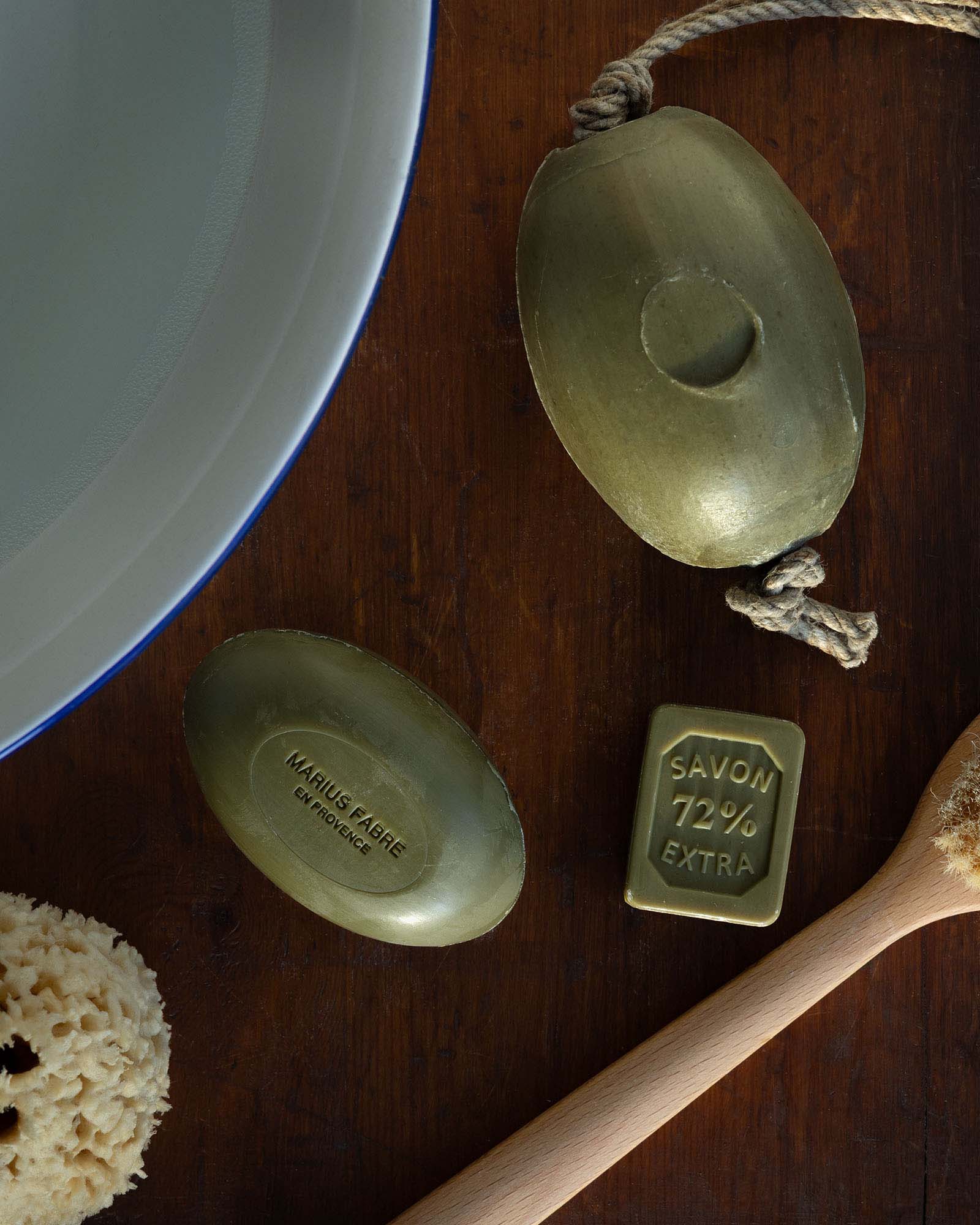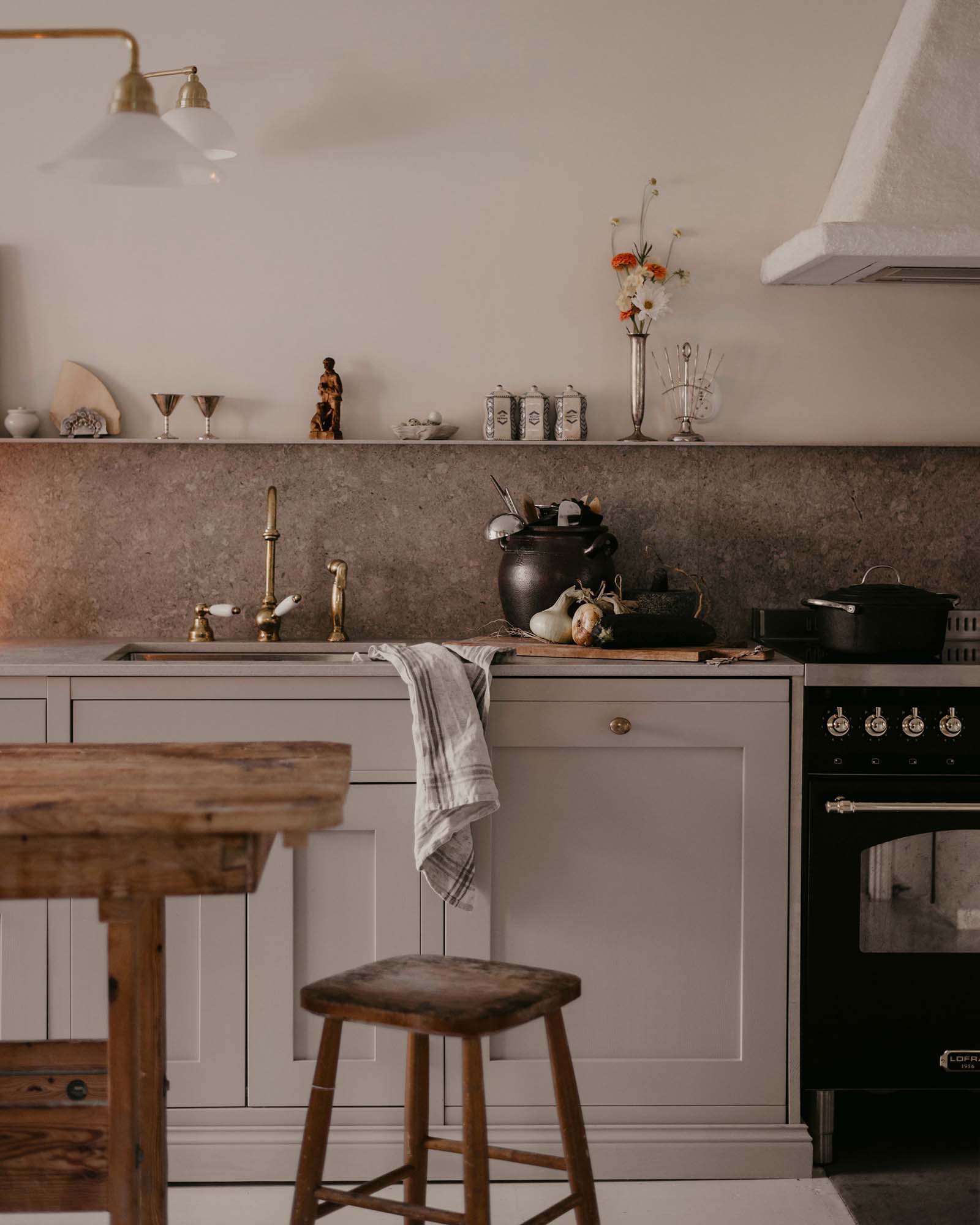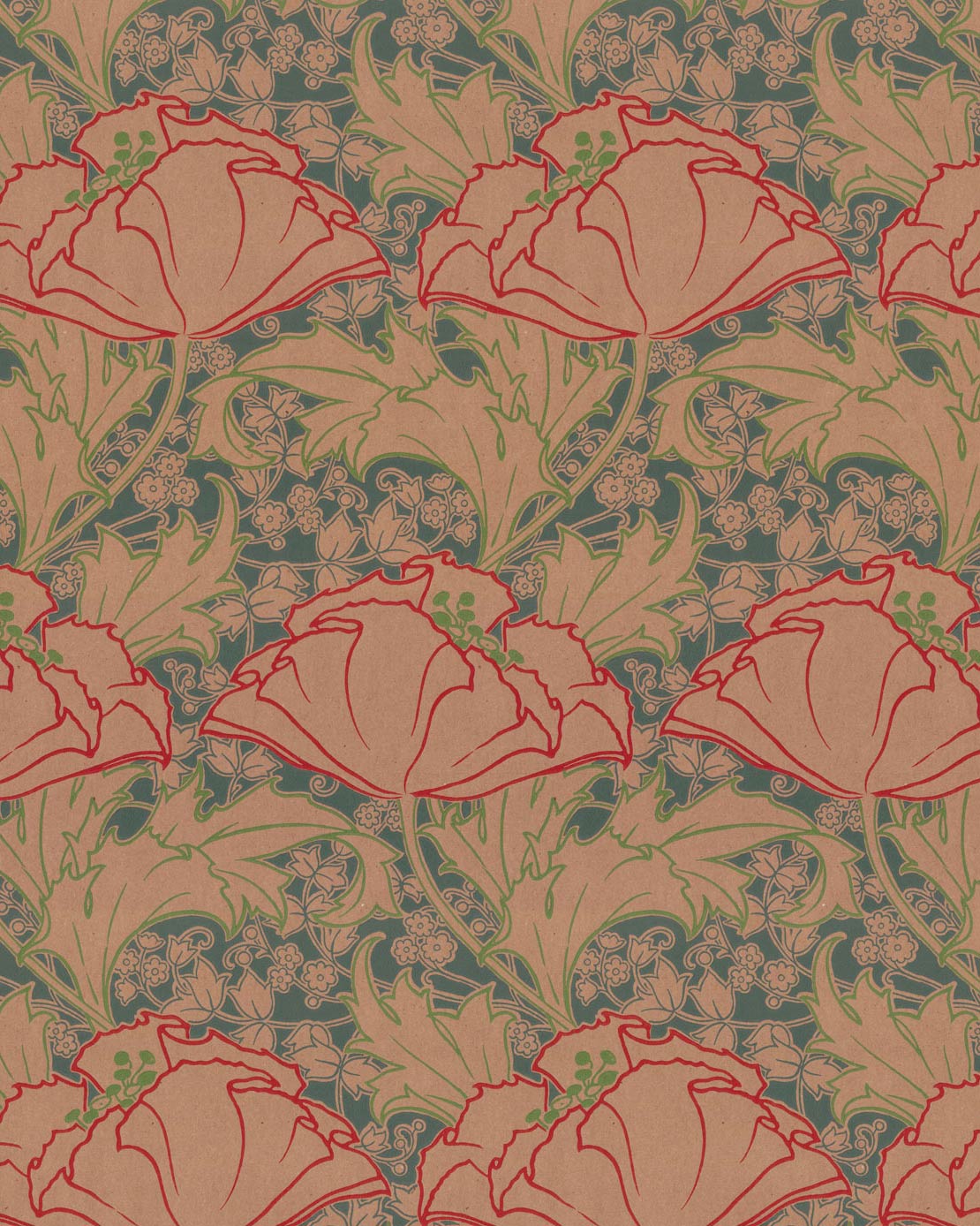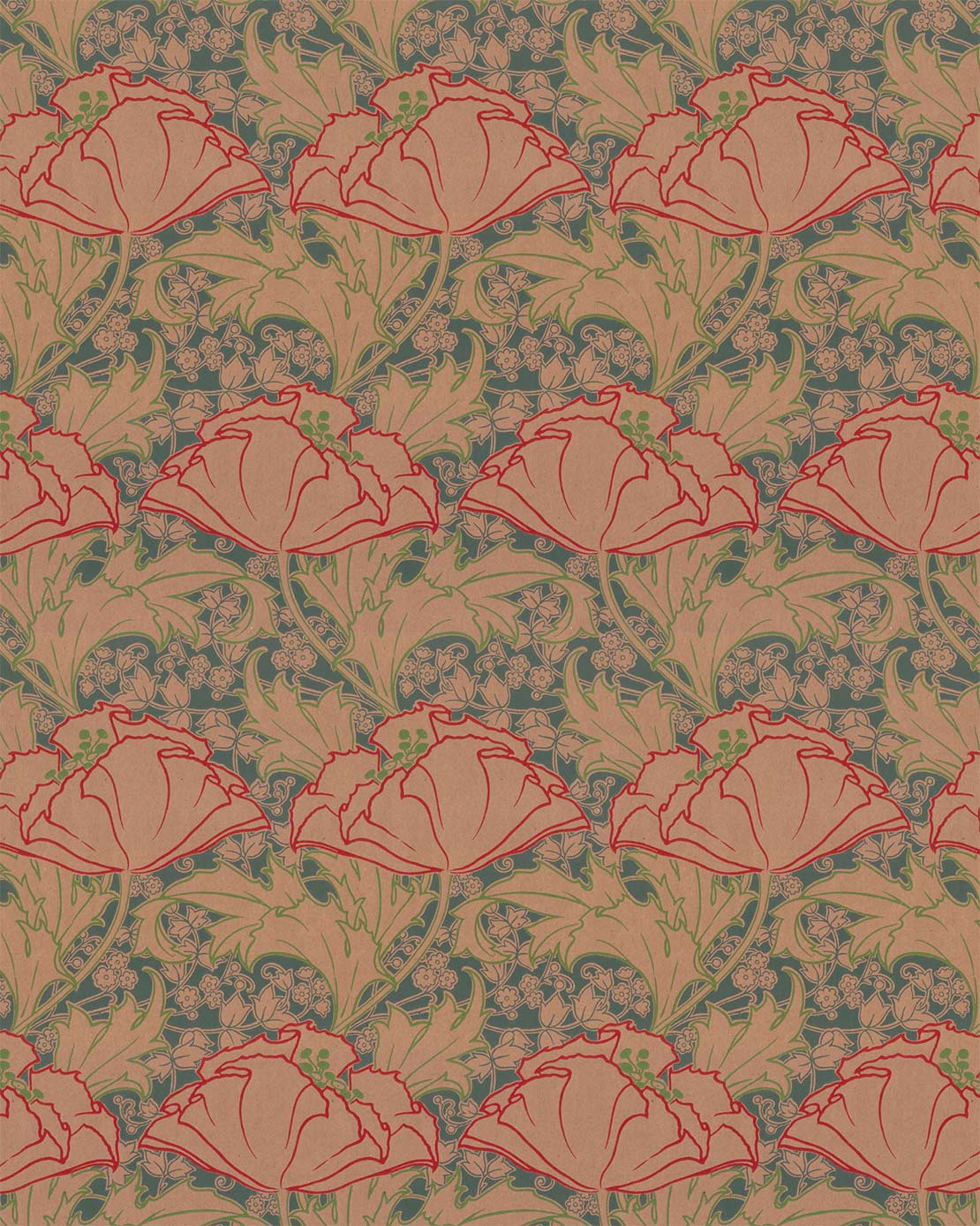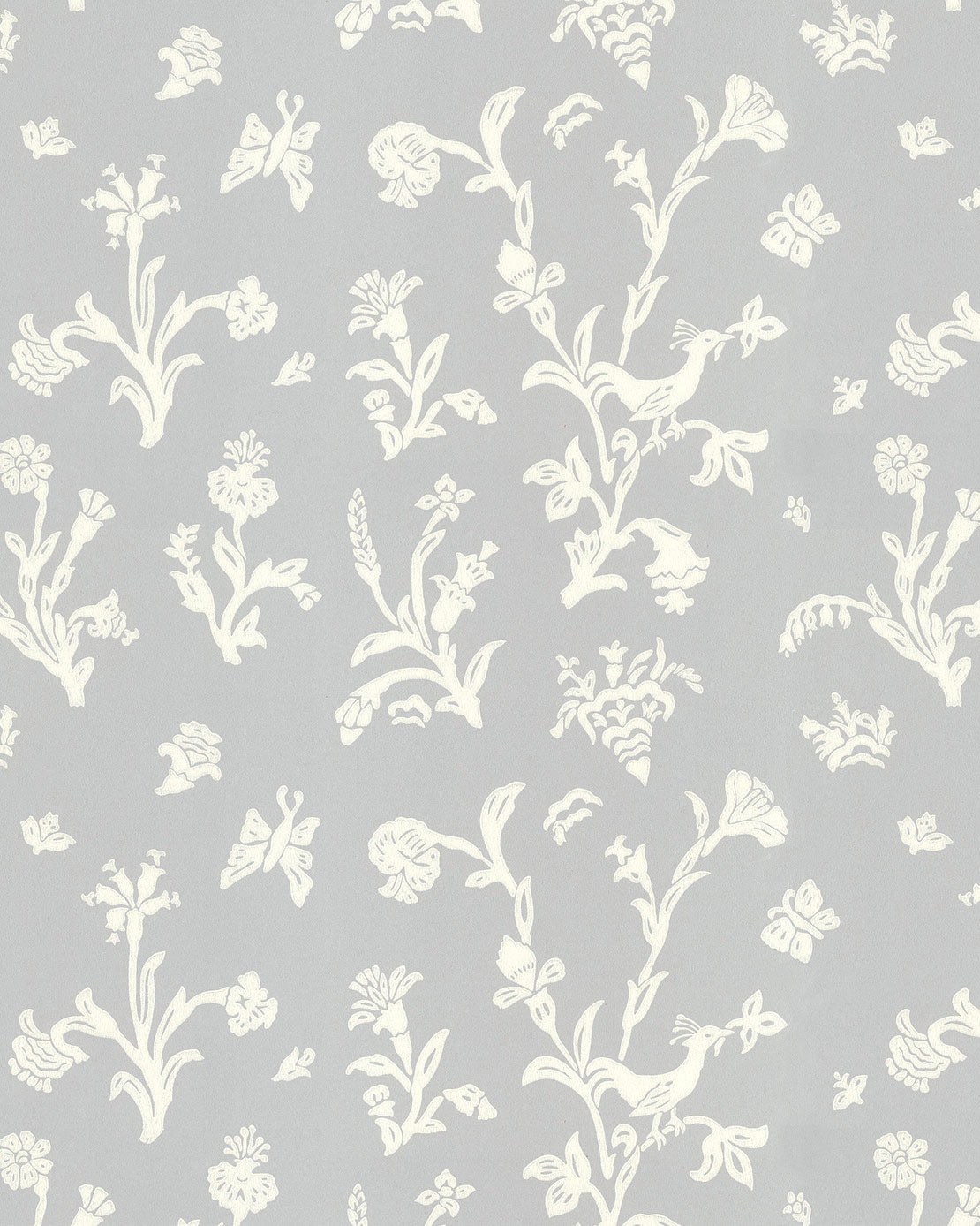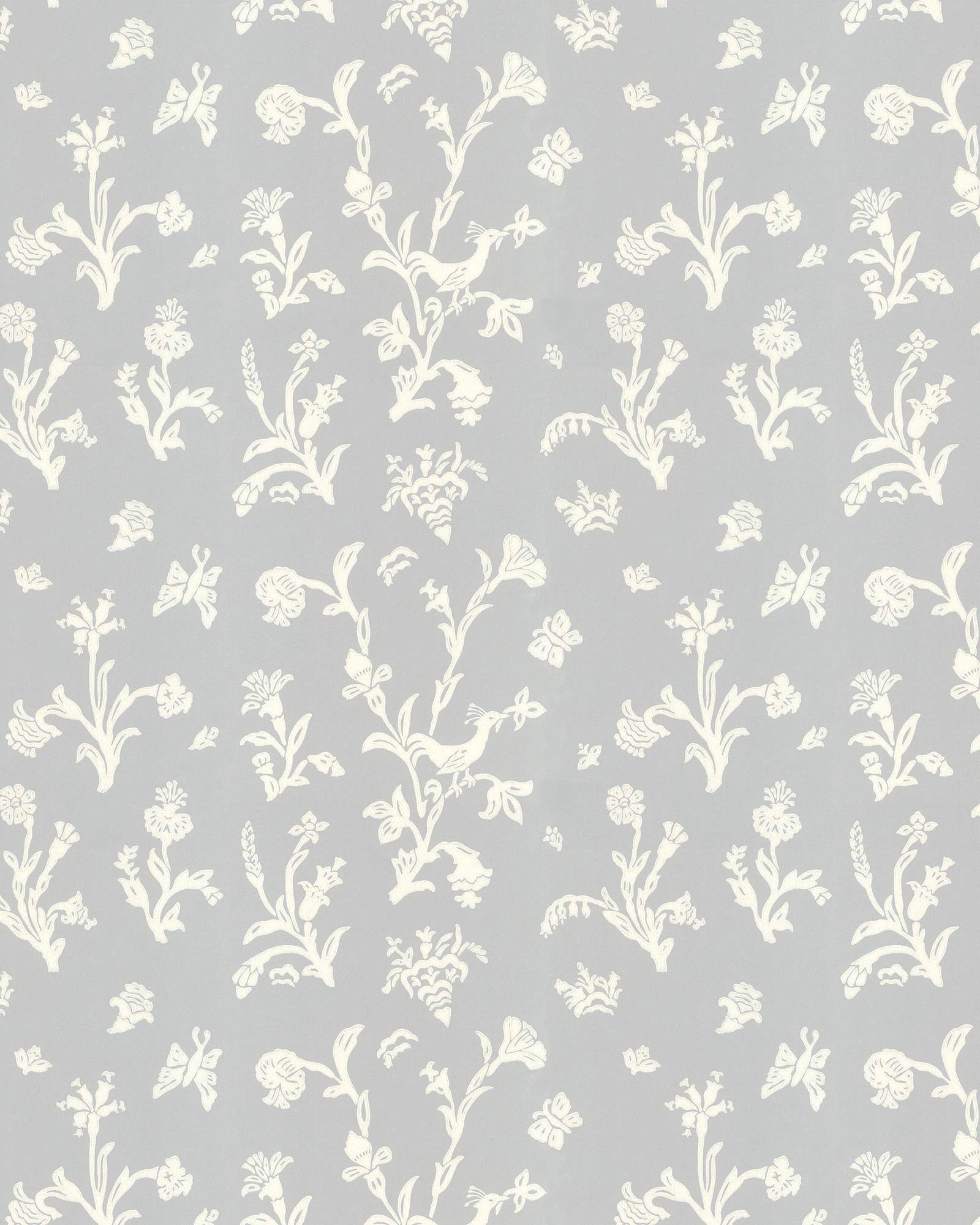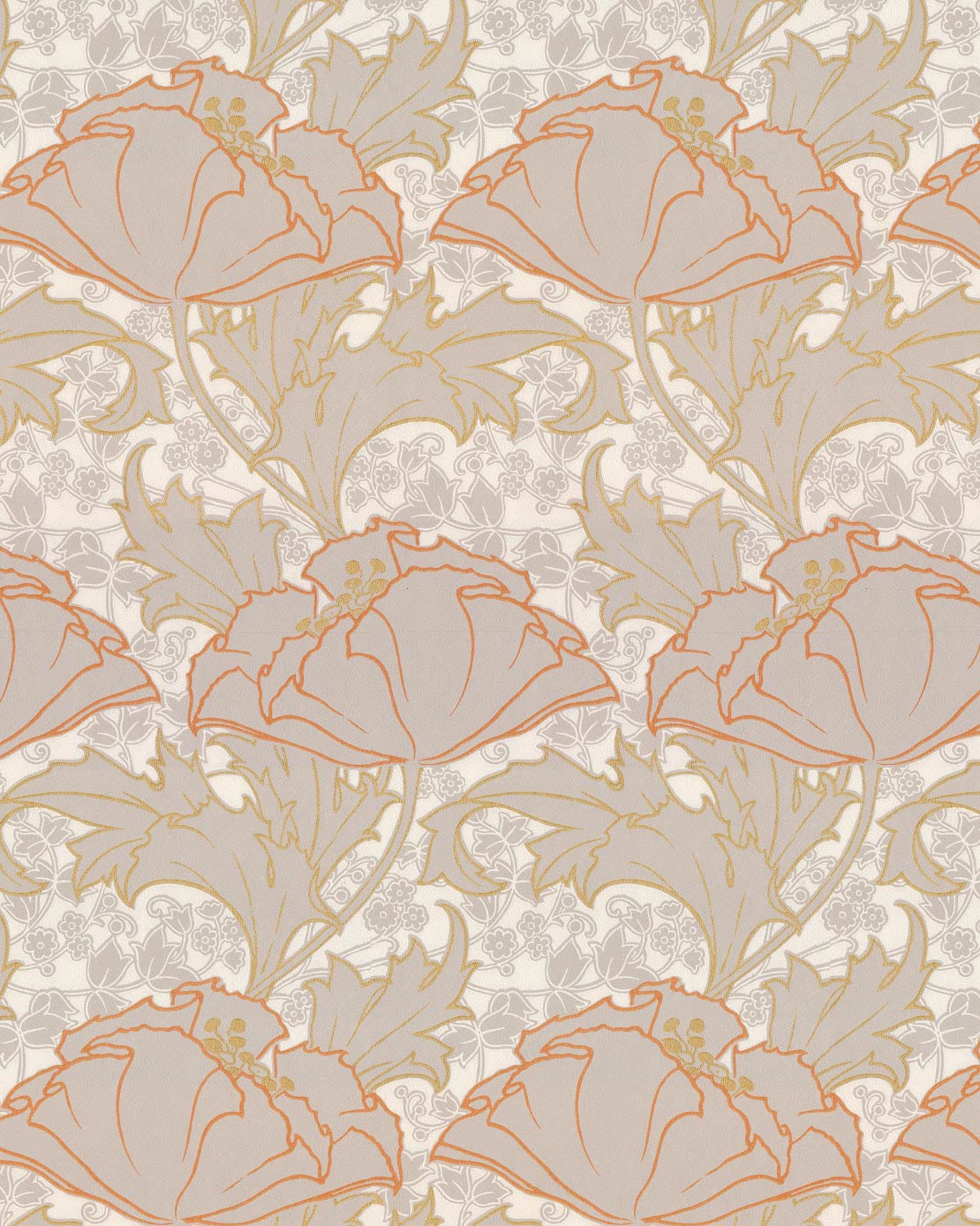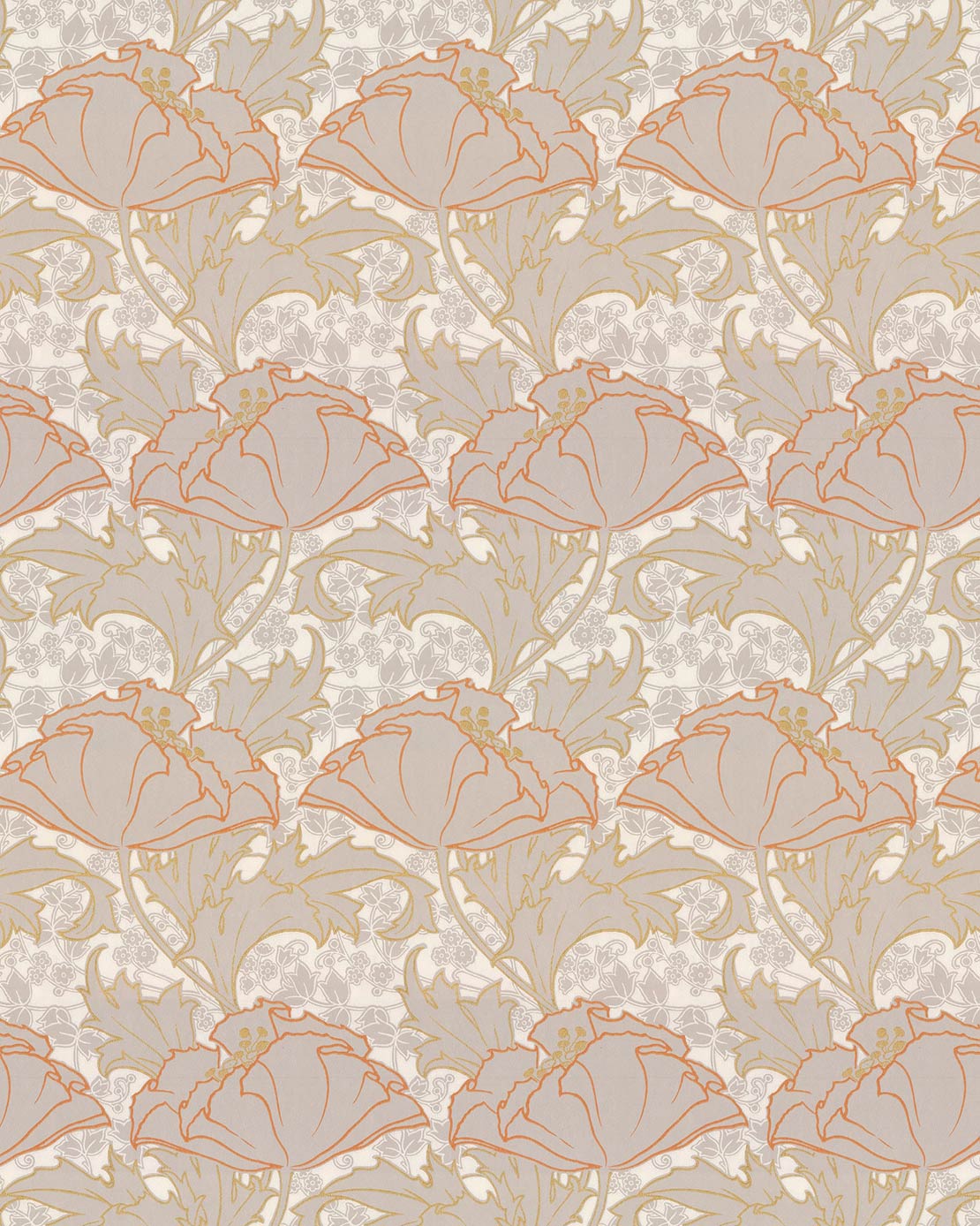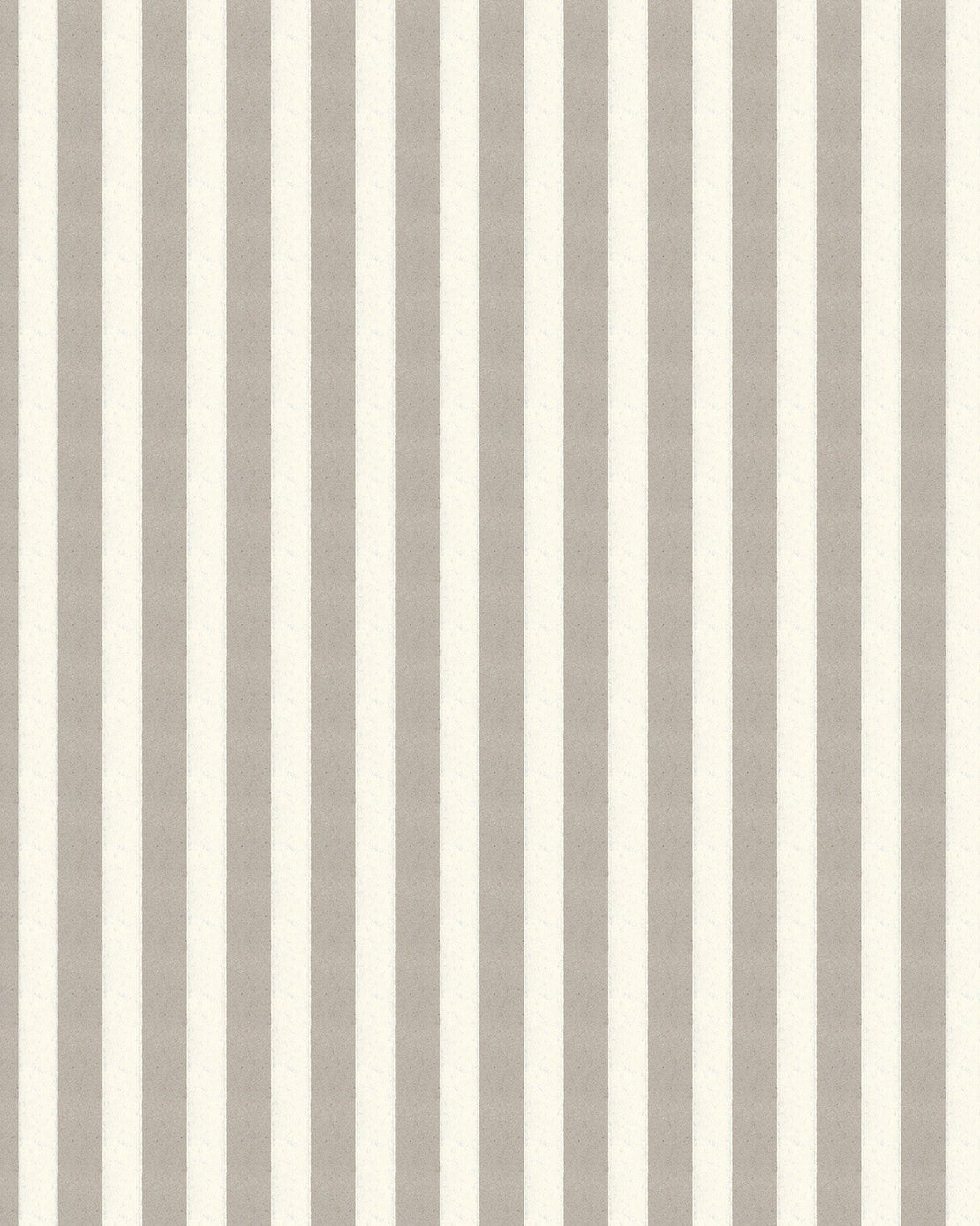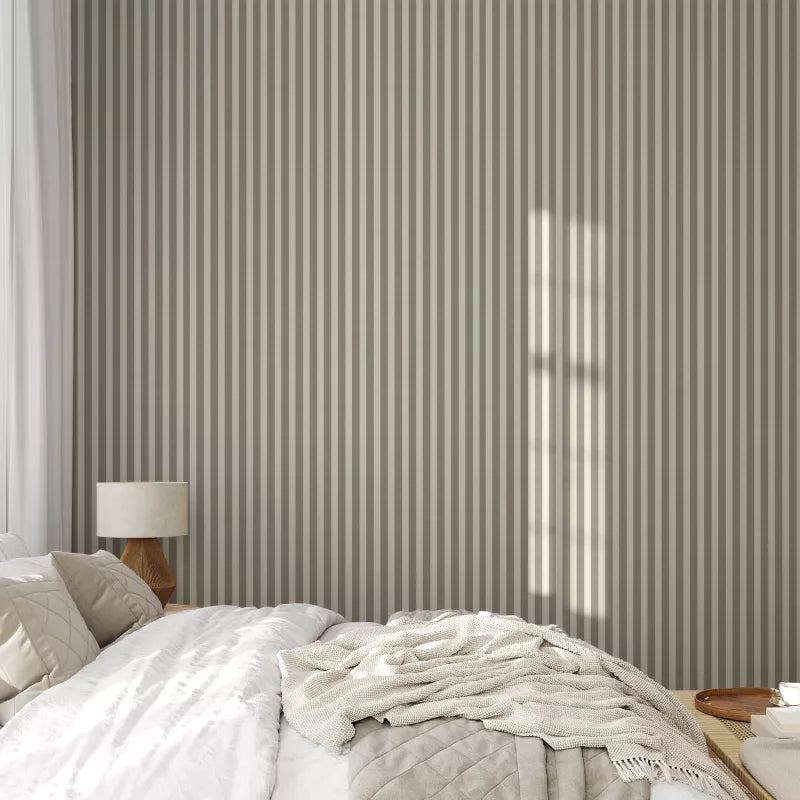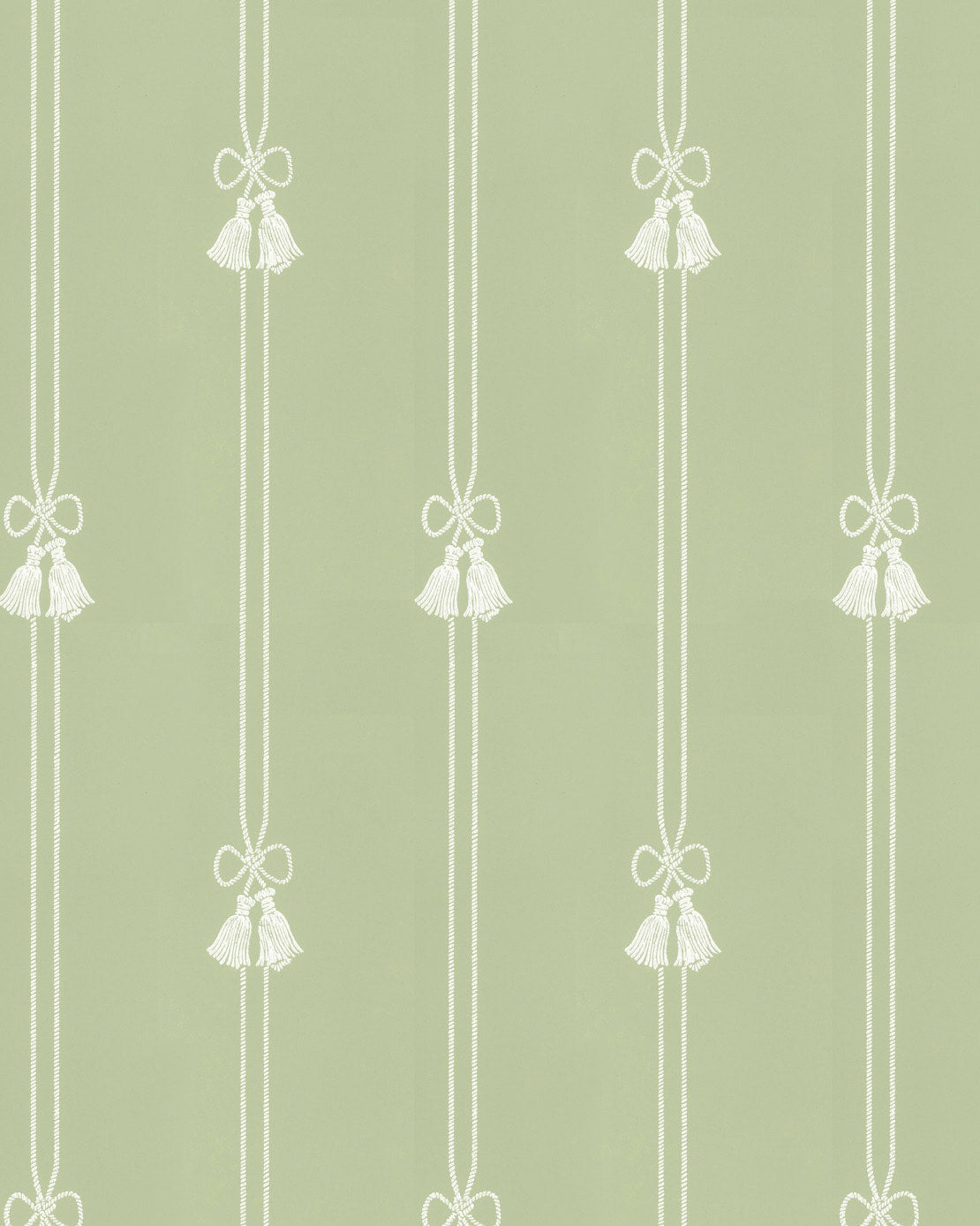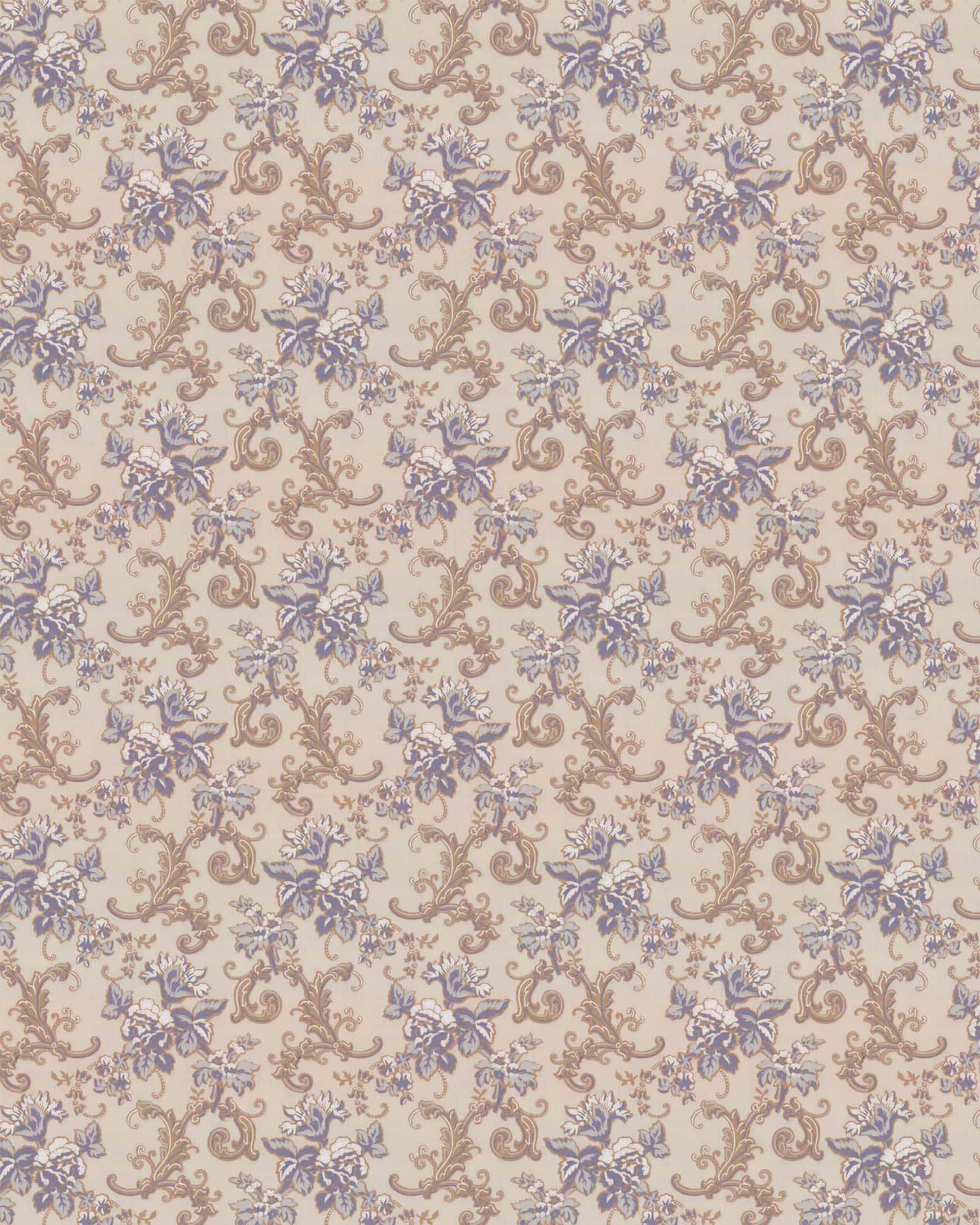The Edwardian style was popular in most countries from the late 19th century, especially in art, literature, and music. At this time, most European countries are developing their own version of Edwardian style. The aesthetic was based on an interest in genuine, honest, and well-known building traditions. In Sweden, the style was influenced by older medieval buildings such as the houses in Gamla stan, Visby and Vasaslotten. The style was also inspired by Germany, Denmark and England. Examples from this period are Skansen's open-air folk art museum and the National Museum in Stockholm!
Interior
Rooms
In more lavish environments, interiors reflected a romantic view of history with inspiration from the Viking Age and the Middle Ages. It was not uncommon for walls to be white-washed and adorned with handwoven textiles in bright colors, often in Old Norse motifs. Wallpaper was still in style and designs with small patterns and flowers were popular in 1915. Large-scale art Deco patterns were introduced and featured strong black contours and bright colors, preferably with bird motifs. In the dining room, dark tapestry wallpaper was still popular and in the drawing room, wallpaper designs mimicked shimmering silk fabrics in light colors. Bedrooms featured brightly colored wallpaper with floral designs.
Woodwork
An interest in a more authentic and honest style of architecture characterized this era. Finer wood such as oak and mahogany were used in carpentry, with dark-stained pine as a cheaper alternative. The doors were usually painted in an off-white color, but in the dining room, they were often made of oak or painted to imitate wood grain.
Flooring
During the Edwardian era, the floor usually consisted of simple and rough floorboards in either pine or spruce. Floors were often treated with linseed soap, varnish, or linseed oil paint.





























































































